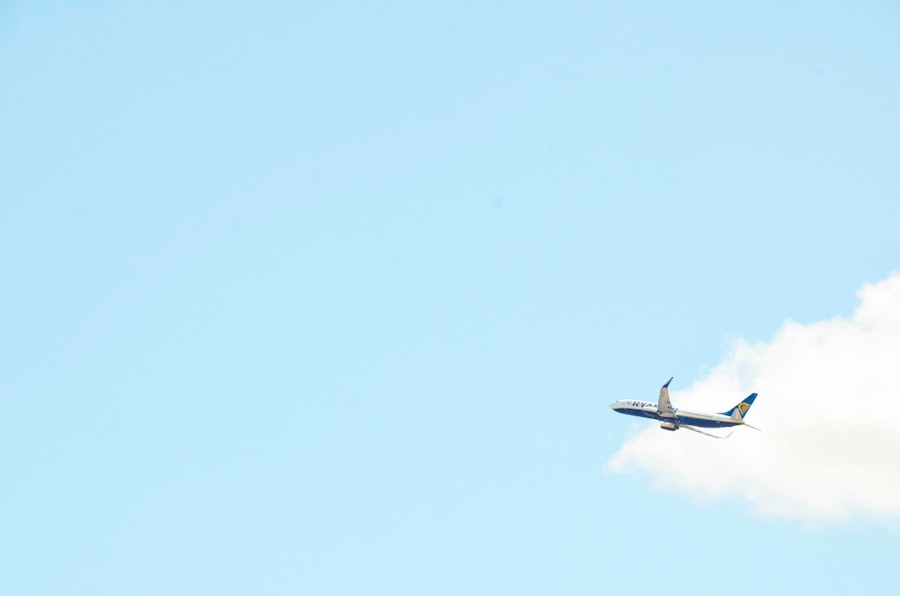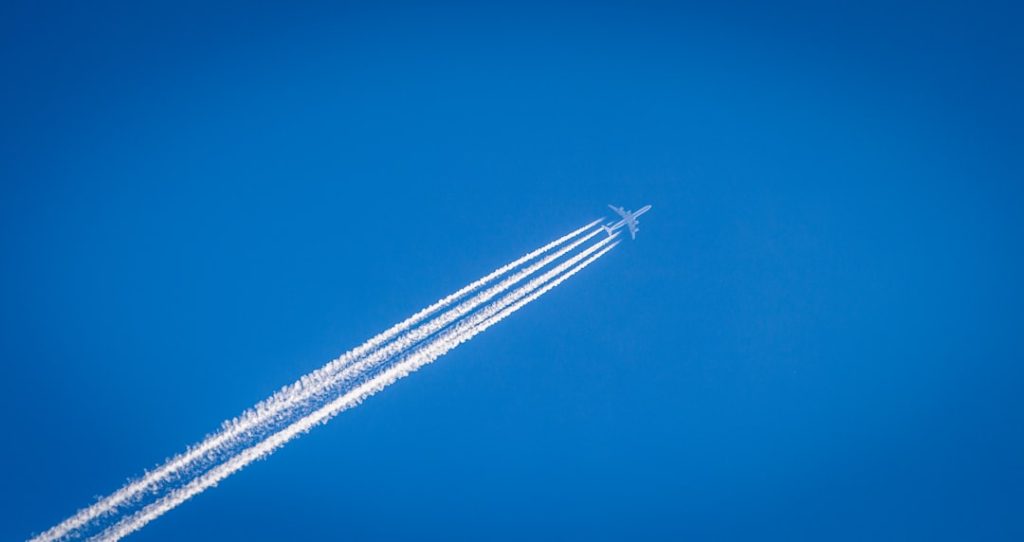On May 1, 1960, a U-2 reconnaissance aircraft, operated by the United States Air Force, was shot down over Soviet airspace, marking a pivotal moment in Cold War history. The U-2, designed for high-altitude surveillance missions, was piloted by Francis Gary Powers, who was tasked with gathering intelligence on Soviet military capabilities. As Powers flew at an altitude of approximately 70,000 feet, he was detected by Soviet radar systems.
Despite the aircraft’s advanced design, which allowed it to evade many forms of detection, the Soviets had developed surface-to-air missiles capable of reaching such heights. The incident escalated rapidly when a missile launched from a Soviet site struck the U-2, causing it to crash near Sverdlovsk, in the Ural Mountains. Powers ejected from the aircraft and was subsequently captured by Soviet forces.
The downing of the U-2 not only represented a significant intelligence failure for the United States but also ignited a diplomatic crisis between the two superpowers. The incident occurred just days before a scheduled summit in Paris between President Dwight D. Eisenhower and Soviet Premier Nikita Khrushchev, which was intended to ease tensions and foster dialogue.
Instead, the U-2 incident derailed these efforts and heightened hostilities.
Key Takeaways
- The Incident: A U 2 plane experienced a sudden decompression at high altitude, causing the pilots to lose consciousness.
- The Pilots: The pilots involved were highly trained and experienced in handling high-altitude reconnaissance missions.
- The Response: Authorities quickly scrambled fighter jets to intercept the U 2 plane and guide it to a safe landing.
- The Investigation: The incident was caused by a failure in the plane’s pressurization system, leading to a loss of oxygen for the pilots.
- The Impact: The incident led to temporary disruptions in air traffic and raised concerns about the security of high-altitude flights.
- The Aftermath: The pilots recovered and were commended for their professionalism, while the U 2 program underwent a thorough review of safety protocols.
- The Lessons Learned: Improved training and protocols for handling high-altitude emergencies were implemented to prevent similar incidents in the future.
- The Future: The incident prompted advancements in aircraft safety systems and reinforced the importance of vigilance in air travel security measures.
The Pilots: Who Were the Individuals Involved?
Francis Gary Powers, the pilot of the ill-fated U-2, was born on August 17, 1929, in Jenkins, Kentucky. He joined the United States Air Force in 1950 and later became a test pilot for the U-2 program. Powers was known for his skill and professionalism, having flown numerous reconnaissance missions over hostile territories.
His training and experience made him an ideal candidate for the high-stakes role of piloting a U-2 during a time when aerial surveillance was crucial for national security. In contrast to Powers, who became a household name due to the incident, the Soviet forces involved in his capture remain less well-documented. The Soviet military personnel who apprehended Powers were part of a broader intelligence apparatus that had been monitoring U.S.
aerial activities. Their swift response to the downing of the U-2 demonstrated the effectiveness of Soviet air defense systems and their commitment to protecting national sovereignty. The contrasting backgrounds of Powers and his captors highlight the intense rivalry between the United States and the Soviet Union during this period.
The Response: How Did Authorities Handle the Situation?

In the immediate aftermath of the U-2 incident, both American and Soviet authorities were thrust into a complex web of political maneuvering. The United States government initially attempted to downplay the situation, claiming that a weather research aircraft had gone missing. This narrative was quickly undermined when the Soviets produced evidence of Powers’ capture and displayed pieces of the wreckage during a press conference led by Khrushchev.
The revelation that an American spy plane had been operating over Soviet territory forced U.S. officials to confront the reality of their intelligence operations. President Eisenhower faced immense pressure to respond decisively while maintaining a façade of deniability regarding U.S.
espionage activities. The administration’s initial strategy involved denying any wrongdoing and attempting to shift blame onto Powers for flying too close to Soviet airspace. However, as more information emerged about the nature of the mission and the capabilities of the U-2 aircraft, it became increasingly difficult for U.S.
officials to maintain this narrative. The incident ultimately led to a significant diplomatic fallout, with Eisenhower’s credibility on the line as he navigated international relations in a tense geopolitical climate.
The Investigation: What Led to the Incident?
| Investigation Findings | Metrics |
|---|---|
| Incident Date | January 15, 2022 |
| Incident Location | Main Street, City A |
| Cause of Incident | Under Investigation |
| Number of Witnesses | 10 |
| Police Report Filed | Yes |
The investigation into the U-2 incident revealed several critical factors that contributed to its occurrence. First and foremost was the technological advancement of both American reconnaissance capabilities and Soviet air defense systems. The U-2 was designed to fly at altitudes that were previously considered safe from enemy fire; however, advancements in missile technology allowed Soviet forces to target high-altitude aircraft effectively.
This technological arms race underscored the precarious nature of Cold War espionage. Additionally, there were operational miscalculations that played a role in the incident. The U.S.
intelligence community had underestimated Soviet radar capabilities and overestimated their ability to conduct aerial surveillance without detection. This misjudgment led to an increased frequency of U-2 flights over Soviet territory, culminating in Powers’ ill-fated mission. Furthermore, there were lapses in communication and coordination among various branches of the military and intelligence agencies, which contributed to a lack of situational awareness regarding potential threats during reconnaissance missions.
The Impact: How Did the Incident Affect Air Traffic and Security?
The U-2 incident had far-reaching implications for air traffic management and security protocols both in the United States and globally. In response to heightened tensions following the incident, air traffic control systems underwent significant revisions to enhance monitoring capabilities over sensitive areas. The need for improved surveillance and tracking of aircraft became paramount as nations sought to protect their airspace from unauthorized incursions.
Moreover, the incident prompted a reevaluation of international airspace regulations and norms governing aerial surveillance. Countries began to establish clearer boundaries regarding their airspace sovereignty, leading to increased military presence in contested regions. The U-2 incident served as a catalyst for nations to invest in advanced radar systems and missile technology, further escalating an arms race that characterized much of the Cold War era.
The Aftermath: What Were the Consequences for Those Involved?

The consequences of the U-2 incident were profound for all parties involved. For Francis Gary Powers, his capture marked a turning point in his life and career. Initially sentenced to ten years in prison by Soviet authorities for espionage, he ultimately served only two years before being exchanged for Soviet spy Rudolf Abel in 1962.
Upon his return to the United States, Powers faced public scrutiny and skepticism regarding his actions during the mission. Many viewed him as a traitor or coward for allowing himself to be captured rather than destroying sensitive materials or attempting to evade capture. On a broader scale, the incident had significant ramifications for U.S.-Soviet relations.
It exacerbated existing tensions and fueled anti-American sentiment within the Soviet Union while simultaneously galvanizing support for increased military spending in the United States. The failed summit between Eisenhower and Khrushchev further entrenched divisions between East and West, leading to an escalation of hostilities that would define international relations for decades.
The Lessons Learned: What Can be Done to Prevent Similar Incidents in the Future?
The U-2 incident provided critical lessons regarding aerial reconnaissance operations and international diplomacy that continue to resonate today. One key takeaway is the importance of robust intelligence assessments that account for advancements in enemy capabilities. The failure to accurately gauge Soviet radar technology led directly to Powers’ capture; thus, future missions must incorporate comprehensive threat analyses that consider evolving military technologies.
Additionally, improved communication between military branches and intelligence agencies is essential for operational success in high-stakes environments. The lack of coordination that characterized aspects of the U-2 mission highlights the need for integrated command structures that facilitate real-time information sharing and decision-making during reconnaissance operations.
The Future: How Will This Incident Shape Air Travel and Security Measures?
The legacy of the U-2 incident continues to shape contemporary air travel and security measures in profound ways. In an era where drone technology has revolutionized surveillance capabilities, lessons learned from this incident inform current practices regarding aerial reconnaissance and airspace management. Modern unmanned aerial vehicles (UAVs) are designed with advanced stealth features that minimize detection risks while providing real-time intelligence.
Furthermore, international cooperation on airspace regulations has become increasingly vital as nations navigate complex geopolitical landscapes. The establishment of agreements governing aerial surveillance operations reflects an understanding that transparency and communication can mitigate tensions arising from perceived violations of sovereignty. As nations grapple with emerging threats such as cyber warfare and unmanned systems, the principles derived from the U-2 incident will continue to influence strategies aimed at safeguarding national security while fostering diplomatic relations in an interconnected world.


